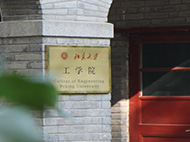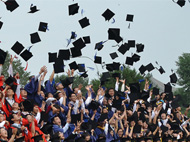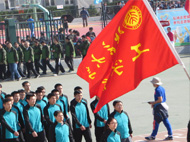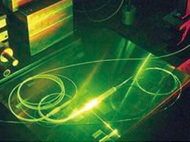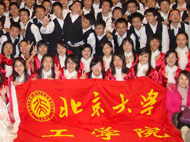主 办:湍流与复杂系统国家重点实验室
报告人:Tianshu Liu Department of Mechanical and Aerospace Engineering Western Michigan University, Kalamazoo, MI 49008, USA
时 间:6月1日(周五)下午2:00
地 点:澳门太阳娱乐网站官网1号楼210会议室
报告摘要:
This presentation discusses the feasibility of global diagnostics of skin-friction fields in complex flows from surface-pressure fields. The exact coupling relation between skin-friction and surface-pressure though the boundary enstrophy flux (BEF) is derived from the Navier-Stokes equations for an incompressible flow. The variational formulation with the appropriate regularization term is given to solve an inverse problem for a skin-friction field when the BEF field is given. This method is validated through simulations in the boundary layers, junction flow, and delta-wing flow. Further, this method is extended to reconstruct the intrinsic skin-friction and surface-pressure structures in complex 3D near-wall flows. This method is particularly applicable to pressure-sensitive-paint measurements to understand the skin-friction topology and near-wall flows of aerodynamic bodies.
报告人简介:
Tianshu Liu received a Ph.D. in aeronautics and astronautics from Purdue University (West Lafayette, Indiana) in 1996. He was a research scientist at NASA Langley Research Center (Hampton, Virginia) in 1999-2004. Currently, he is a professor and the director of Applied Aerodynamics Laboratory at Western Michigan University (Kalamazoo, Michigan). His research areas cover experimental and applied aerodynamics, and theoretical aerodynamics models. In particular, he has contributed to image-based aerodynamic measurement techniques for various physical quantities such as surface pressure, temperature/heat-transfer, skin friction, velocity fields, aeroelastic deformation and distributed and integrated forces. Other topics include videogrammetry and vision for aerospace applications, flow control, flapping flight, flight vehicle design, transition and turbulence, flight tests, and bias error theory.


